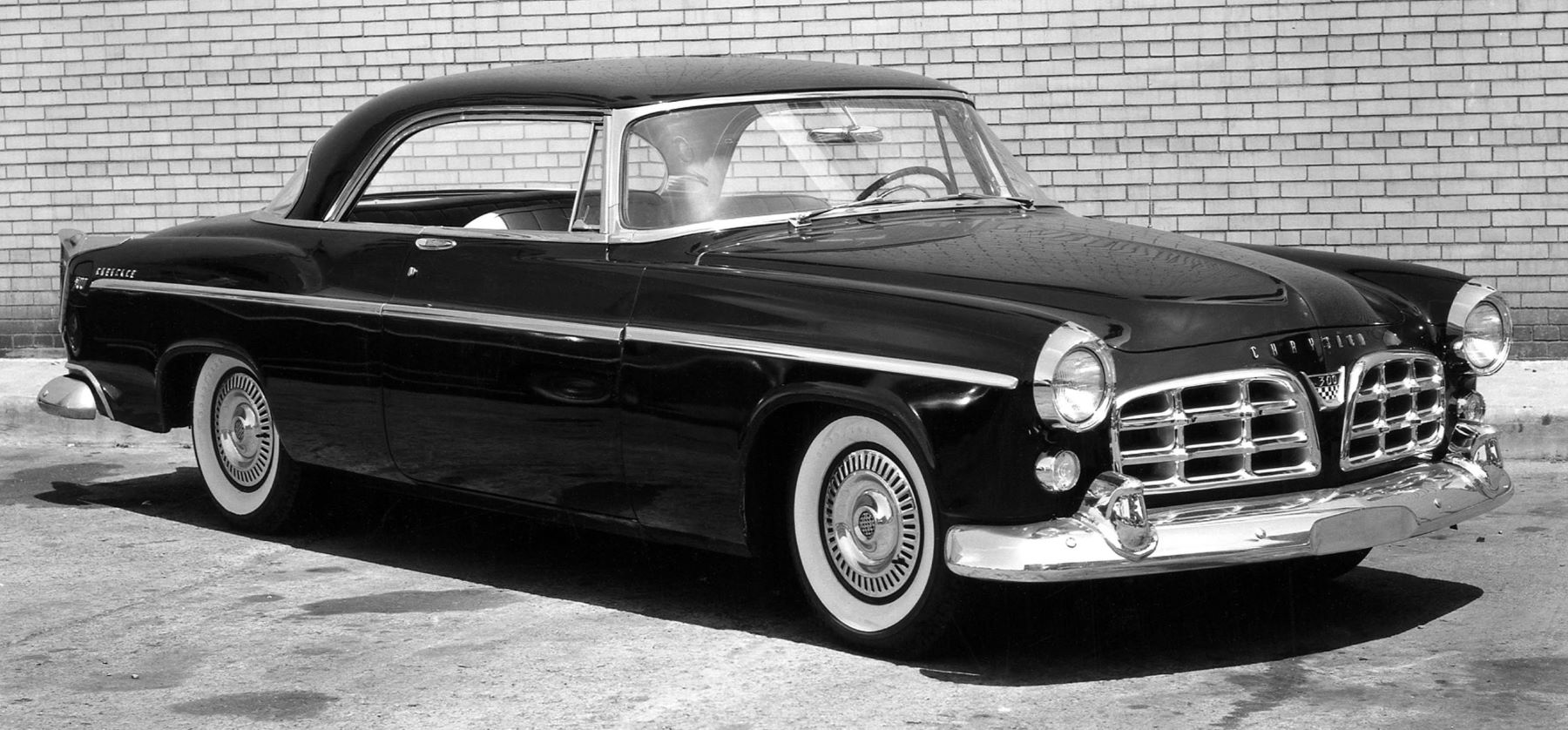
Virgil Exner revived Chrysler production car design with the sleek, sculptured Forward Look designs of 1955 that transformed the product line overnight. The Forward Look flagship was the 1955 Chrysler 300, a striking automobile that combined smooth styling with brawny HEMI power. The 300, arguably the first muscle car, became a legend on and off the race track and set records throughout the 1950s, including a 143-mph performance at Daytona Beach.
As the Fifties progressed, Chrysler products began to sprout distinctive tailfins, ostensibly to improve handling and stability above 70 miles per hour. The 1957 Chrysler brand standard-bearer, the 300C, was equipped with a standard 392-cubic-inch, 375-horsepower HEMI, two four-barrel carburetors, a high-output camshaft, Torsion-Aire suspension and the new Torqueflite transmission, making it the fastest, most powerful production car built in America that year and earning it the appellation “beautiful brute.”
Throughout the postwar years, Chrysler engineering leadership paced new styling advances. The company’s engineering “firsts” from that era include the first “safety cushion dashboard,” the famous Chrysler push-button transmission (which became an icon of the ’50s), power steering, torsion-bar suspension and the first practical alternator (introduced in 1960, it proved so successful it became standard equipment just one year later).
1955-1959: Design chief Virgil Exner throws design back into high gear. The HEMI’s power is boosted across the lineup to an unheard-of 300 horsepower in the new Chrysler 300 for 1955. Chrysler chooses to mark this milestone car’s year-by-year evolution as the famous Letter Series. In 1957, new vehicles premiere with new designs (fins and quad headlamps) and new engineering innovations, making the cars dramatically lower and better handling.
The 1963 Chrysler 300-J maintained the brand’s style-plus-speed image with standard leather interiors, heavy-duty torsion bars and Ram induction manifolds; a special-edition Pace Setter convertible version started the Indianapolis 500.
The 1965 Chrysler 300L marks the true end of the original Letter Series cars, though in 1970, Hurst Performance Products and Chrysler collaborate on the 300H (for “Hurst”).
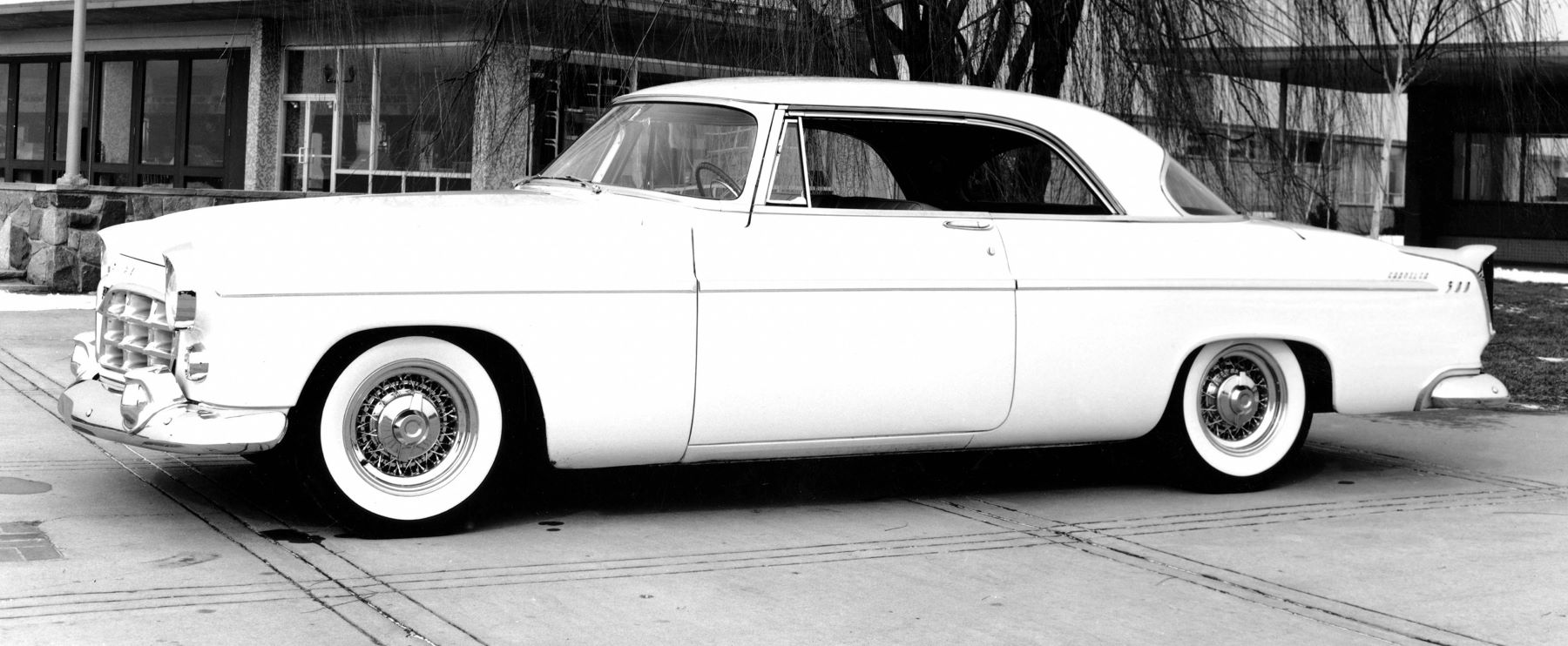
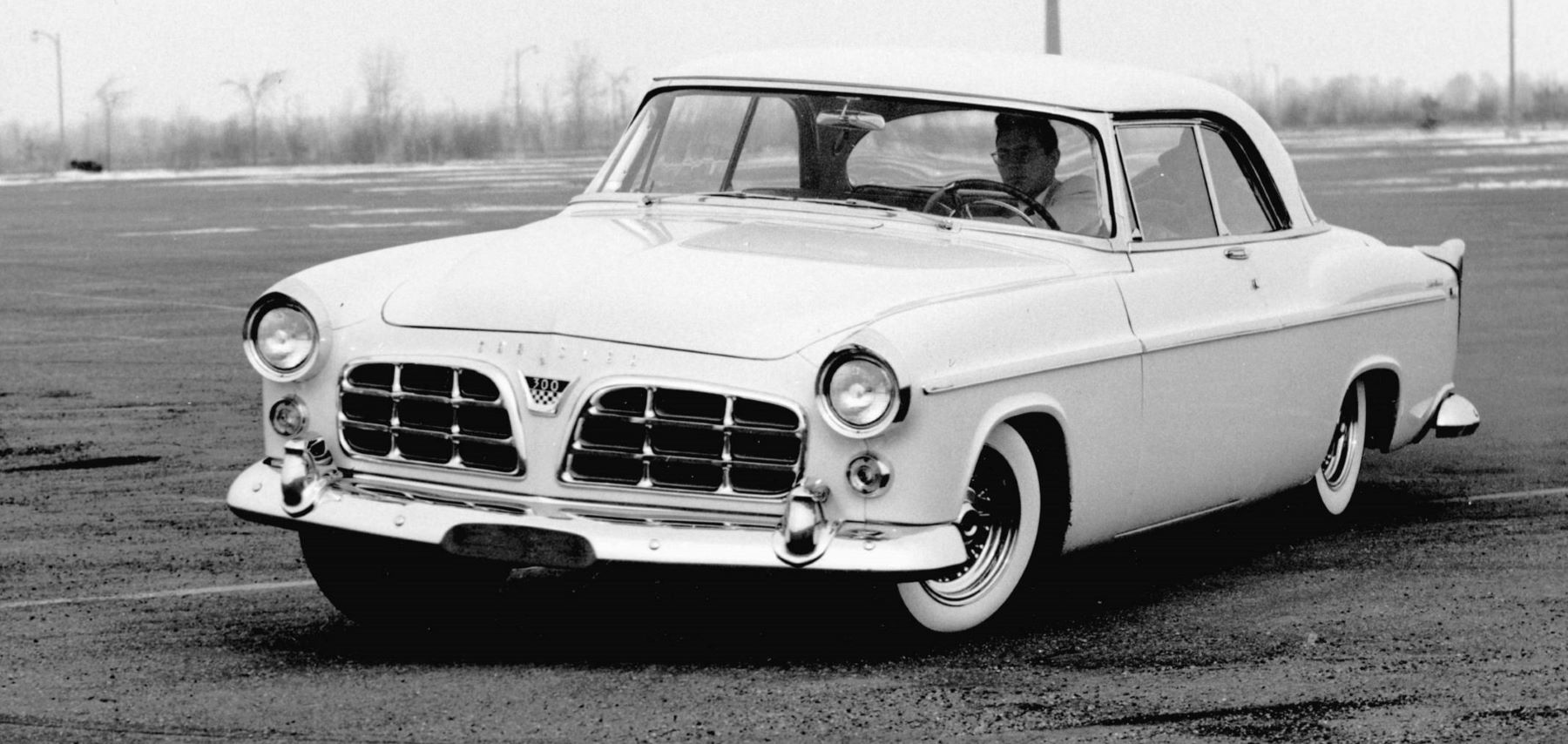
The Chrysler 300 is a legendary American full-size car, best known for blending luxury, performance, and bold styling. Originally introduced in 1955, the nameplate has seen several major revivals over the decades — most notably in the 1950s “Letter Series”. The term “Letter Cars” came from Chrysler’s practice of adding a different letter to the “300” badge for each successive model year. This series began with the C-300 in 1955, followed by the 300B in 1956, and so on, reaching the 300L by 1965. Note that Chrysler skipped the letter “I” in this sequence d to avoid confusion with the number 1.
The Letter Series cars were exclusive as 2-door hardtop or convertible body styles that came equipped with luxurious features for their time. These could include leather interiors, advanced tech like power seats, auto-dimming mirrors, push-button transmissions, advancements in suspension and other technologies. The Letter Series also showcased unique design elements, like the introduction of the “Forward Look” styling with sweeping tailfins on the 1957 300C.
These models were exclusive, high-performance luxury coupes/sedans with powerful HEMI or wedge engines. Their powerful V8 engines, which were often among the most potent in American production vehicles at the time. For example, the C-300’s name came from its 300 horsepower output, a groundbreaking achievement for its era.
1st Generation: 1955–1965 – The “Letter Series”
| Year | Models | Highlights |
|---|---|---|
| 1955 | C-300 | First Chrysler 300; 300 hp HEMI V8; NASCAR success |
| 1956 | 300B | More power (up to 355 hp), dual carburetors |
| 1957–59 | 300C, D, E | Forward Look styling, tailfins, 392/413 HEMIs |
| 1960–65 | 300F to 300L | Sleeker, more luxurious; end of performance era by 1965 |
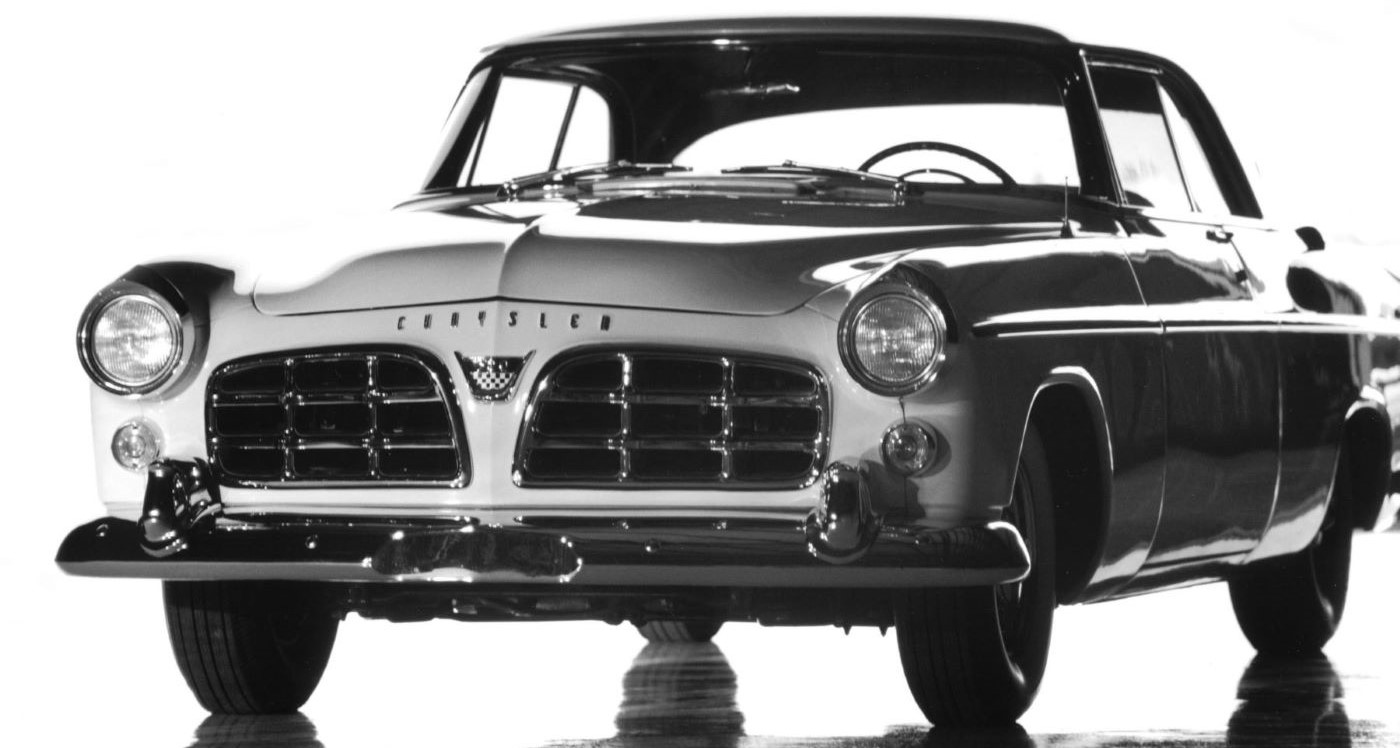
1955 Chrysler C-300
- The first “Letter Car”
- Named for its 300 horsepower 331 cu in (5.4L) HEMI V8
- Only available as a 2-door hardtop
- Known for clean styling and NASCAR dominance
- Often called “America’s first muscle car”
- Production: ~1,725 units
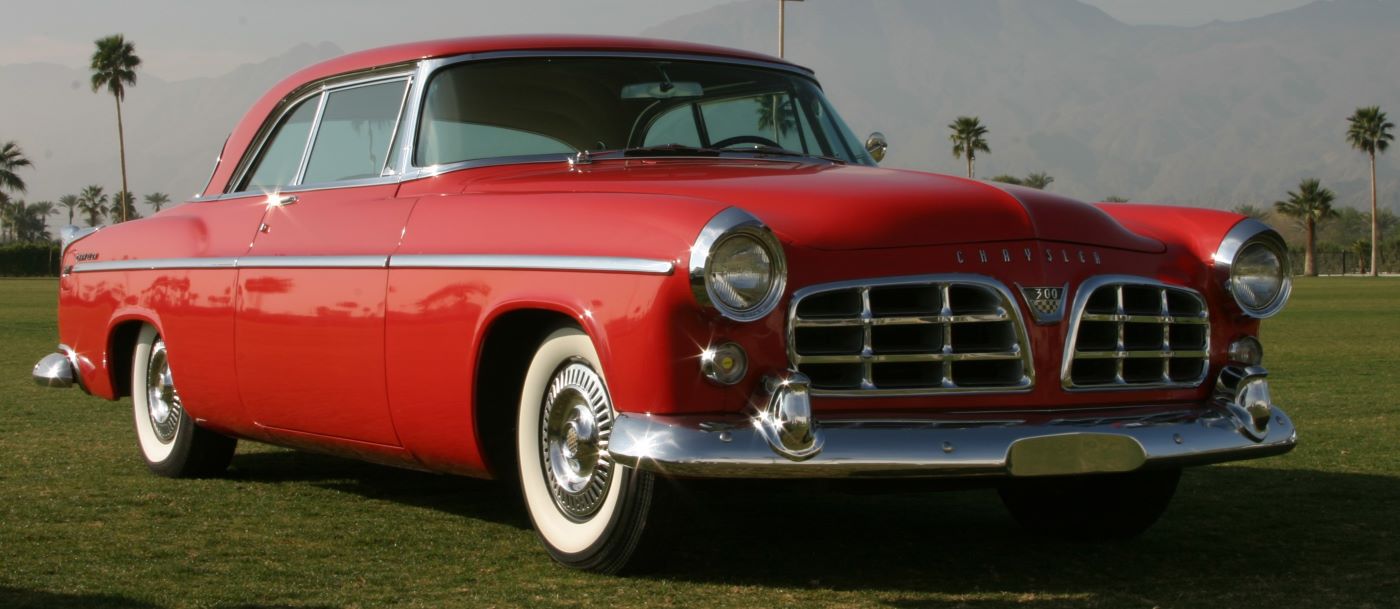
1956 Chrysler 300B
- Power increased: 354 cu in HEMI V8… Up to 355 hp
- Improved suspension and acceleration
- Introduced optional torque converter transmission
- Retained sleek but more refined styling
- Production: ~1,102 units
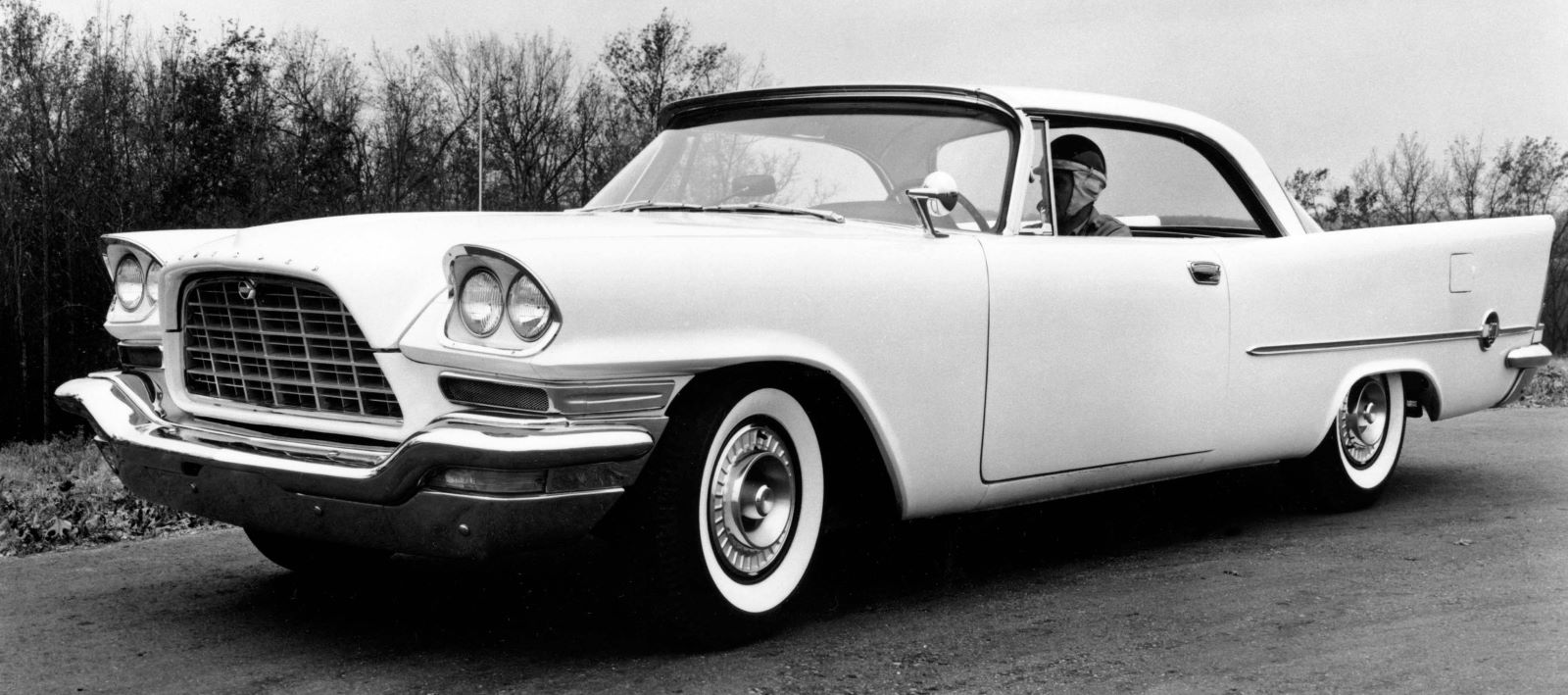
1957 Chrysler 300C
- Bold “Forward Look” styling by Virgil Exner
- 392 cu in HEMI V8, up to 390 hp
- First 300 available as a convertible
- Tailfins, quad headlights, and elegant presence
- Production: ~2,402 (1,918 coupes, 484 convertibles)
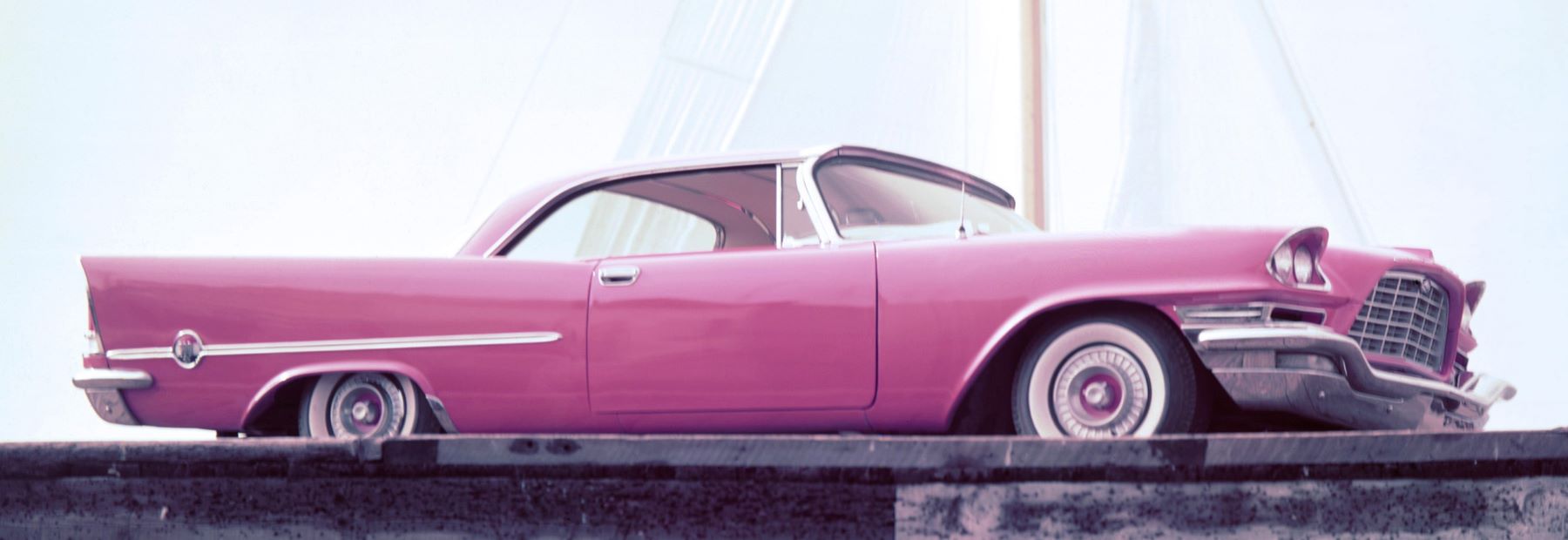
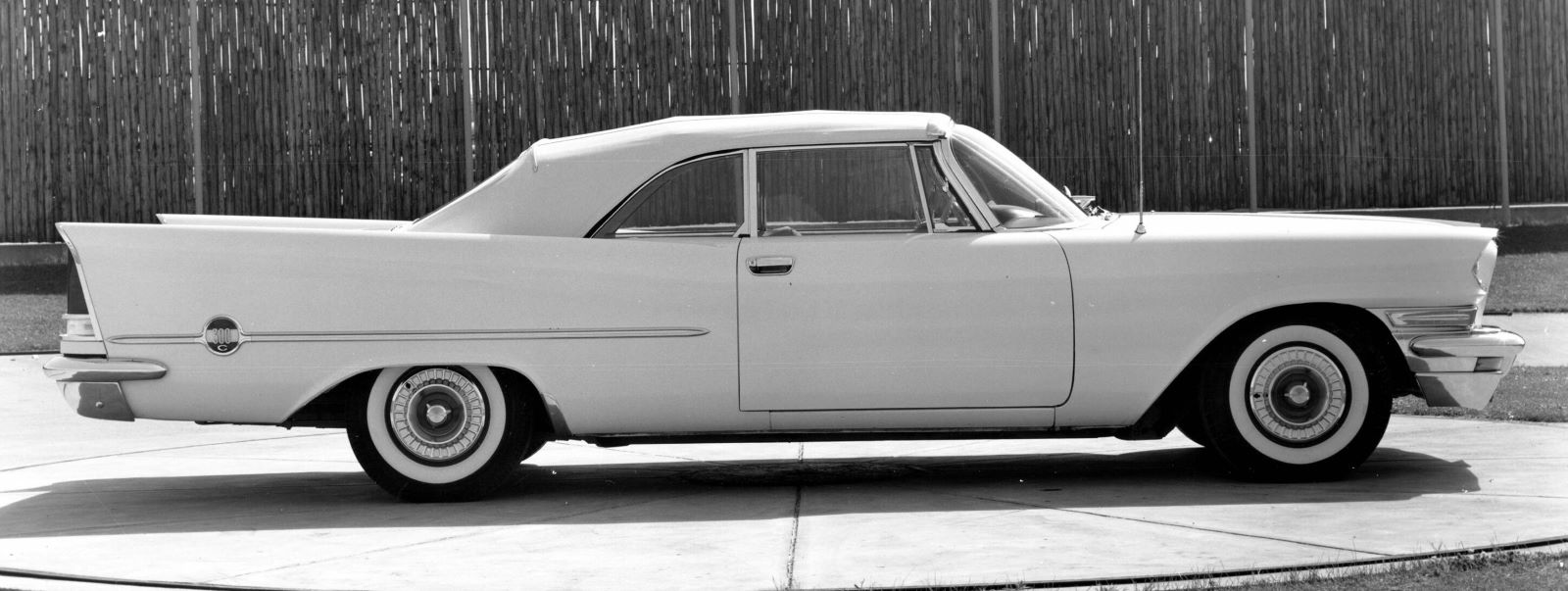
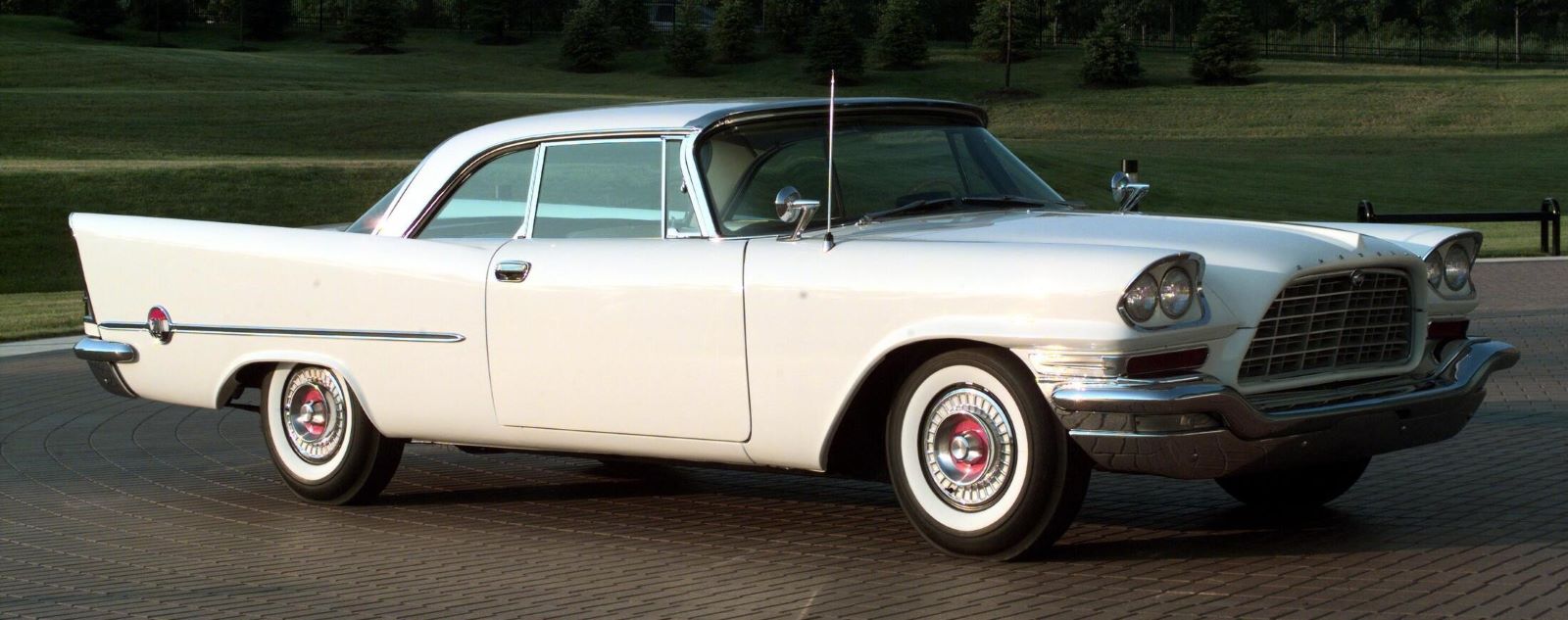
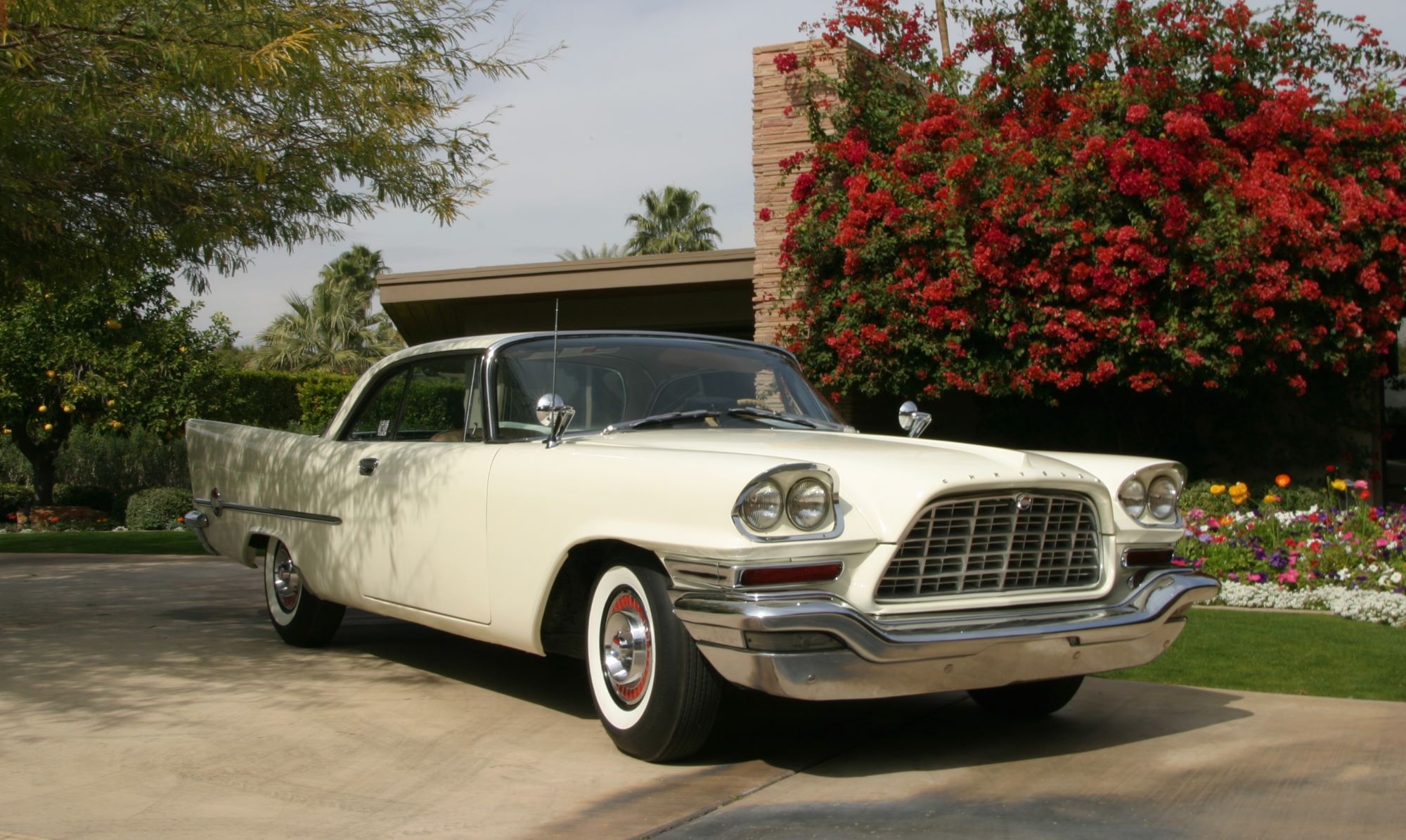
1958 Chrysler 300D
- Final year for the HEMI V8 (392 cu in, 380–390 hp)
- Optional fuel injection (rare and troublesome)
- Minor styling updates, but similar to 300C
- Declining sales due to economic recession
- Production: ~809 (618 coupes, 191 convertibles)
1959 Chrysler 300E
- New 413 cu in “Wedge” V8, 380 hp
- First non-HEMI engine in the 300 series
- Styling tweaked, still very flamboyant
- No convertible option for this year
- Production: ~693 (all hardtops)
1960 Chrysler 300F
- Bold redesign with twin canted headlights and full tailfins
- 413 V8 with long-ram intake, up to 400 hp
- Cross-Ram induction improved torque
- Featured swivel front seats and luxury features
- Production: ~1,217 (964 coupes, 253 convertibles)
1961 Chrysler 300G
- Fins softened, grille reshaped
- Same 413 Wedge with up to 375–400 hp
- Still luxurious and fast, but designs were evolving
- Optional manual transmission
- Production: ~1,617 (1,280 coupes, 337 convertibles)
1962 Chrysler 300H
- Restyled again; more restrained styling
- 413 Wedge engine continued
- Emphasis shifted slightly from performance to comfort
- 300 Sport models debuted (non-letter, lower-cost)
- Production: ~558 (435 coupes, 123 convertibles)
1963 Chrysler 300J
- No “I” model (to avoid confusion with the number 1)
- Squared-off styling, more conservative
- 413 Wedge engine, 390 hp
- No convertible offered for the J
- Production: ~400 (all coupes)
1964 Chrysler 300K
- Convertible body returns
- 413 V8 still standard; 360 hp or optional 390 hp
- First Letter Car with softer ride and more comfort focus
- Sales rebounded due to lower price
- Production: ~3,022 (2,672 coupes, 350 convertibles)
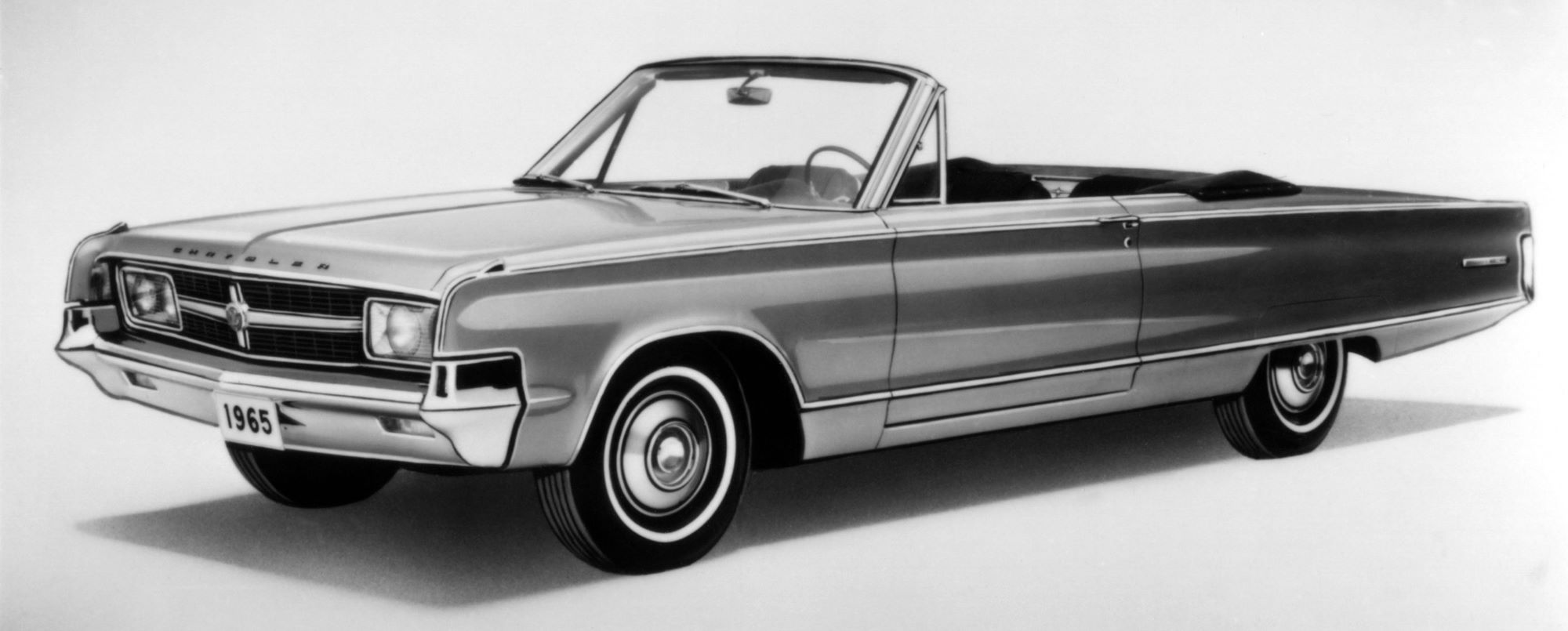
1965 Chrysler 300L (Final Letter Car)
- Final letter in the series
- All-new body on the C-body platform
- 413 V8, now rated at 360 hp
- Performance emphasis fades — more of a luxury cruiser
- No true successor until the revival in the 1990s
- Production: ~2,845 (2,405 coupes, 440 convertibles)
Summary
| Model | Year | Horsepower (max) | Engine |
|---|---|---|---|
| C-300 | 1955 | 300 hp | 331 HEMI V8 |
| 300B | 1956 | 355 hp | 354 HEMI V8 |
| 300C | 1957 | 390 hp | 392 HEMI V8 |
| 300D | 1958 | 390 hp | 392 HEMI V8 |
| 300E | 1959 | 380 hp | 413 Wedge V8 |
| 300F | 1960 | 400 hp | 413 Wedge, cross-ram |
| 300G | 1961 | 400 hp | 413 Wedge, cross-ram |
| 300H | 1962 | 405 hp | 413 Wedge |
| 300J | 1963 | 390 hp | 413 Wedge |
| 300K | 1964 | 390 hp | 413 Wedge |
| 300L | 1965 | 360 hp | 413 Wedge |
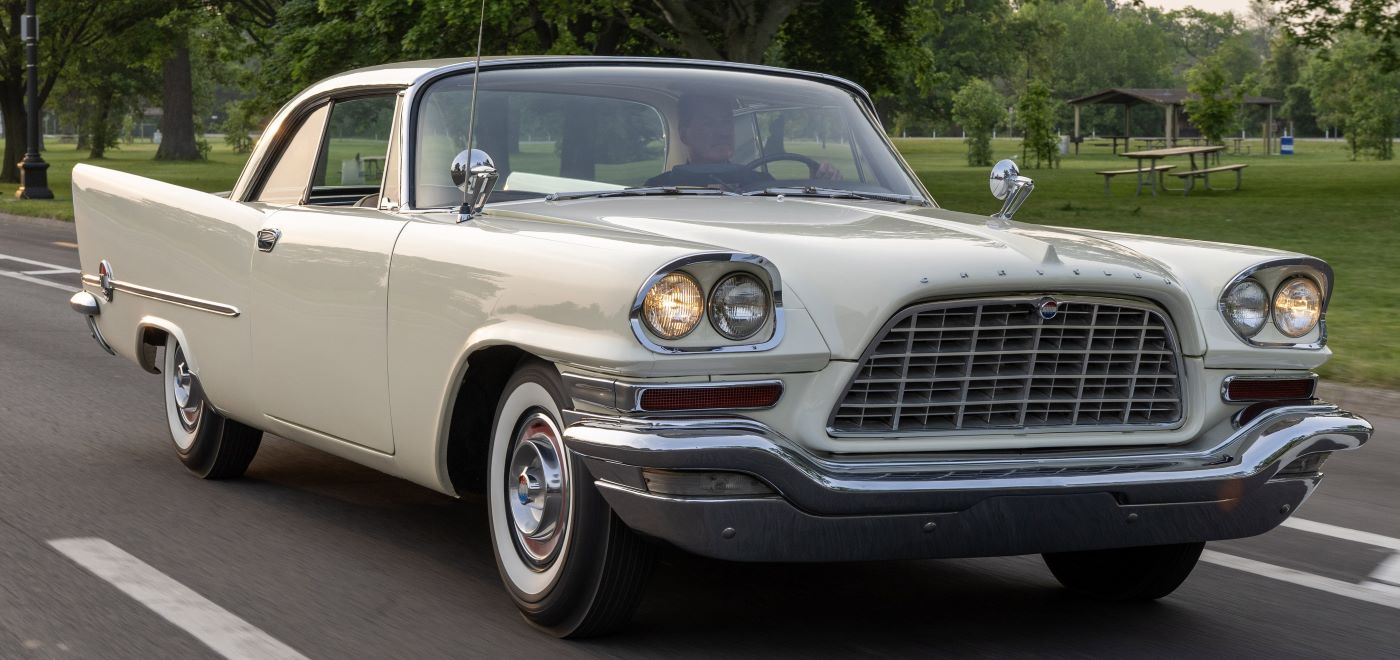
Chrysler 300 Letter Series – At-a-Glance Chart
| Year | Model | Engine (cu in) | HP (Max) | Body Styles | Production |
|---|---|---|---|---|---|
| 1955 | C-300 | 331 HEMI V8 | 300 hp | 2-dr Hardtop | ~1,725 |
| 1956 | 300B | 354 HEMI V8 | 355 hp | 2-dr Hardtop | ~1,102 |
| 1957 | 300C | 392 HEMI V8 | 390 hp | Hardtop, Convertible | 1,918 H / 484 C |
| 1958 | 300D | 392 HEMI V8 | 380–390 hp | Hardtop, Convertible | 618 H / 191 C |
| 1959 | 300E | 413 Wedge V8 | 380 hp | 2-dr Hardtop | ~693 |
| 1960 | 300F | 413 Wedge, cross-ram | 400 hp | Hardtop, Convertible | 964 H / 253 C |
| 1961 | 300G | 413 Wedge V8 | 375–400 hp | Hardtop, Convertible | 1,280 H / 337 C |
| 1962 | 300H | 413 Wedge V8 | 405 hp | Hardtop, Convertible | 435 H / 123 C |
| 1963 | 300J | 413 Wedge V8 | 390 hp | 2-dr Hardtop | ~400 |
| 1964 | 300K | 413 Wedge V8 | 360–390 hp | Hardtop, Convertible | 2,672 H / 350 C |
| 1965 | 300L | 413 Wedge V8 | 360 hp | Hardtop, Convertible | 2,405 H / 440 C |
- H = Hardtop
- C = Convertible

You must be logged in to post a comment.